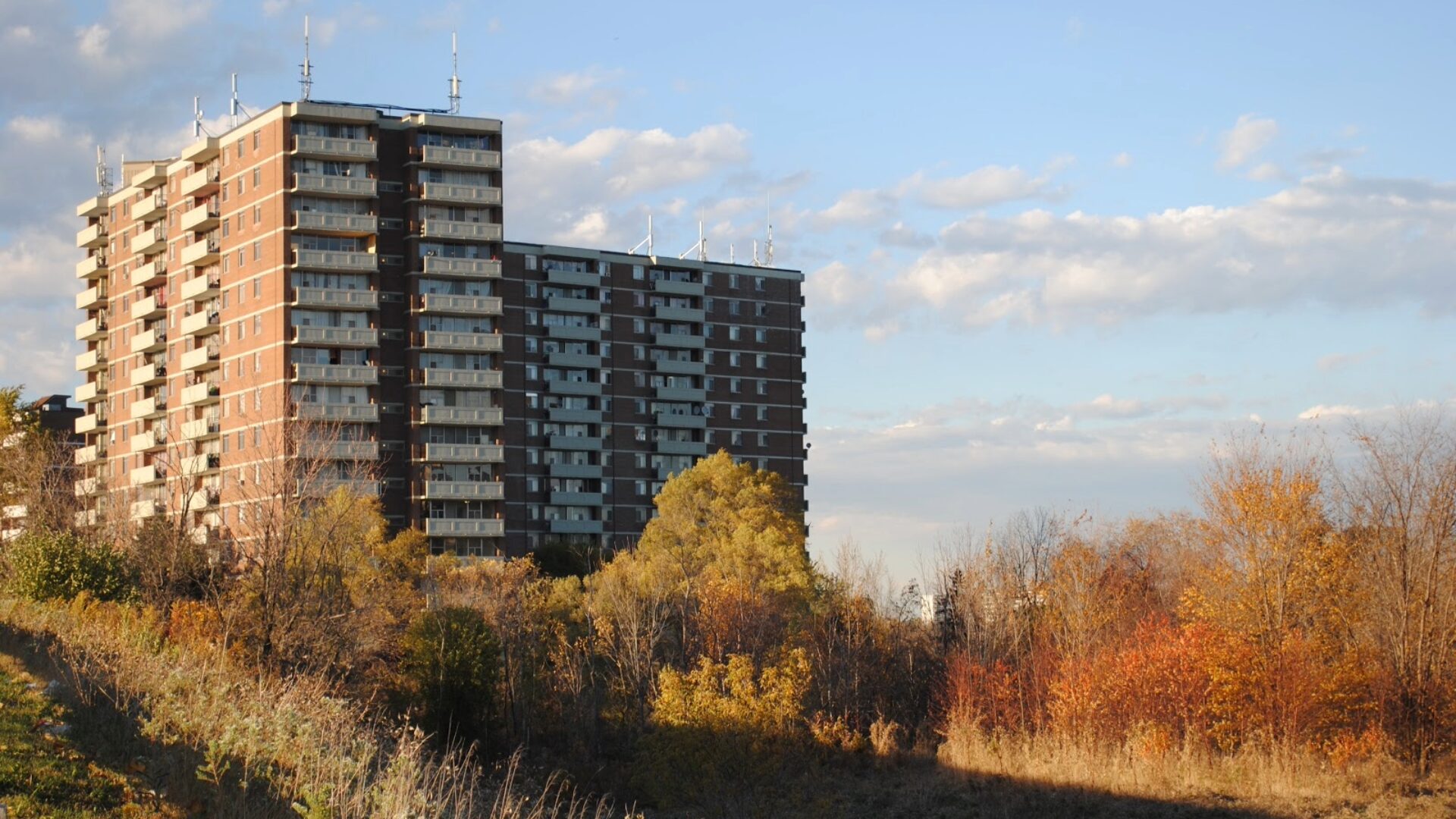Municipal Regulation of Residential Construction
The Building Code Act[i] and the Ontario Building Code[ii] comprise a regime that both empowers and requires municipalities to regulate residential construction. The purpose of this regime is to protect the health and safety of the public by enforcing safety standards for all construction standards.[iii] With the coming into force of this regime on December 31, 1975, the Province of Ontario made the policy decision for municipalities to appoint inspectors who will inspect construction projects and enforce the applicable construction standards.[iv]
This policy decision is important because, in requiring municipalities to enforce construction standards, the owners of a home – which includes subsequent purchasers – may rely on the expectation that the municipality has not only regulated the construction but has shown reasonable care in doing so to ensure the health and safety of the home’s occupants.[v] This private law duty of care is occasionally referred to as the “duty to inspect,” and the ensuing negligence is often referred to as “negligent inspection,” but the duty extends beyond negligently-performed inspections. For example, courts have found municipalities to have fallen below the standard of care required of them in a) failing to adequately review a building permit application; [vi] b) issuing a building permit that had clearly deficient plans attached; [vii] and c) failing to inspect certain elements of the construction.[viii]
Enter the Ultimate Limitation Period
The Limitations Act, 2002[ix] was amended in 2004 to include the Ultimate Limitation Period, which bars claims (with some exceptions such as proceedings based on sexual assault or to recover money owing to the Crown) if at least fifteen years have elapsed since the day on which the act or omission on which the claim is based took place.[x] Pursuant to section 24 of the Limitations Act, causes of action that were not discovered prior to the 2004 inclusion of the Ultimate Limitation Period were deemed to have taken place on January 1, 2004, such that Ultimate Limitation Period would only operate to bar claims as of January 1, 2019.
In Breen, the subject matter of the negligence took place in the 1980s and 1990s. The claim was brought in 2014, well over fifteen years after the alleged wrongdoing had taken place. However, section 24 of the Limitations Act operated to bar the application of the Ultimate Limitation Period, which played no role in the litigation.
No such exception applied in the case of Huether v Sharpe,[xi] the statement of claim for which was issued in 2022. Huether involves claims of misrepresentation against the seller of a home, professional negligence against a real estate agent, and negligence in the regulation of construction against the Township of McMurrich Monteith. The Township brought a summary judgment on the basis that the claims of negligence against it are all based on acts or omissions that took place in the late 1980s between the time the building permit application was issued in 1985 and 1988 when it said it closed the permit and the home’s construction had been completed. The Plaintiffs resisted the motion on the basis that the Township had never closed the building permit and that therefore the Township’s obligations and its negligence were ongoing such that operation of the Ultimate Limitation Period was excepted in accordance with s. 15(6)(a) of the Limitations Act.
In her Reasons for Decision, the motions judge rejected the Township’s assertion that it had closed the permit or that construction on the home was complete.[xii] She found that there was no evidence that certain inspections been conducted, including the foundation, HVAC, and interior finishes. She further found that there was no evidence that the municipality’s Chief Building Official contacted the owner/builder regarding the status of the project or the outstanding inspections.
The motions judge then proceeded to consider whether the Township had an ongoing duty to monitor the construction, relying heavily on the Ontario Court of Appeal’s decision in Breen, from which she emphasized the following principles:
- In implementing a building by-law, issuing a building permit, and inspecting the home, the municipality owed a duty of care to the home’s occupants, including subsequent purchasers.
- Inspections are not optional. Once a permit is granted, the municipality has an obligation to inspect the building to comply with the building code regime. Anything less would make the whole building permit and inspection process meaningless.
- While the municipality’s choice not to inspect the project on a daily basis was reasonable, failing to conduct any inspection from 1991 to 1993 was not.[xiii]
The motions judge held that, because the construction still had outstanding inspections, and because the municipality had not determined that the building was substantially complete and closed the permit, it had a duty to continuously monitor the open permit file to follow up with the permit holder regarding the state of construction.[xiv] The motions judge explained that the municipality had an array of powers available to it to ensure that it was carrying out its obligations under the Building Code regime beyond mere inspection, including revoking the permit if the permit holder refused to cooperate with the municipal building department. As a result, the Township had an ongoing duty to monitor the open permit file until it determined that the building was substantially complete and it satisfied the conditions for occupancy,[xv] and the motions judge dismissed the Township’s summary judgment motion accordingly.
Conclusion
The motion judge’s finding that the Township’s private law duty is informed by the powers and obligations bestowed on the Township by the building code regime. The Township’s argument that it could only be held liable for singular acts of negligence at discrete inspections was at odds with the purpose of the BCA, namely to ensure the health and safety of a building’s occupants. The Building Code regime does not, for example, simply direct municipalities to inspect when called and nothing more. The Court of Appeal’s remarks in Breen are instructive; while the Township in that case was not expected to inspect a project daily, doing nothing for two years was held to be unreasonable. As the motion judge pointed out in Huether, the Building Code regime supplied the Township with powers it could use in the event that a construction project stalled, including revoking the building permit.[xvi] In the within matter, the Township’s failure to avail itself of any of the powers it had at its disposal in the years after it conducted its initial inspections of the construction back in the late 1980s meant that the home was left underregulated. As a result, the Township allowed people to live in the home for decades despite the presence of construction defects that rendered the home dangerous to live in and that should have (so the Huethers will argue at the trial proper) been identified during the Township’s regulation of construction.
This decision is instructive to municipalities: allow open building permits to languish at your own risk, and more importantly at the risk of the occupants’ health and safety.
The municipality has appealed this decision, which will give the Court of Appeal an opportunity to weigh in on this interesting question of law.
[i] SO 1992, c 23 [BCA].
[ii] O Reg 332/12 [OBC].
[iii] Ingles v. Tutkaluk Construction Ltd., 2000 SCC 12 at para 23 [Ingles].
[iv] Ingles v. Tutkaluk Construction Ltd., 2000 SCC 12 at para 23; Breen v Lake of Bays (Township), 2022 ONCA 626 at para 25 [Breen].
[v] Breen v Lake of Bays (Township), 2022 ONCA 626 at para 40.
[vi] Tokarz v. Selwyn (Township), 2022 ONCA 246 at para 35 [Tokarz].
[vii] Rothfield v Manolakos, 1989 CanLII 17 (SCC) at pp 1269-70 [Rothfield].
[viii] Breen v Lake of Bays (Township), 2022 ONCA 626 at para 59.
[ix] SO 2002, c 24, Sch B [Limitations Act].
[x] Limitations Act, 2002, SO 2002, c 24, Sch B s 15.
[xi] Huether v Sharpe, 2024 ONSC 1987 [Huether].
[xii] Huether v Sharpe, 2024 ONSC 1987 at para 39.
[xiii] Huether v Sharpe, 2024 ONSC 1987 at para 50.
[xiv] Huether v Sharpe, 2024 ONSC 1987 at para 55.
[xv] Huether v Sharpe, 2024 ONSC 1987 at para 55.
[xvi] Breen v Lake of Bays (Township), 2022 ONCA 626 at para 46; Huether v Sharpe, 2024 ONSC 1987 at para 55.





